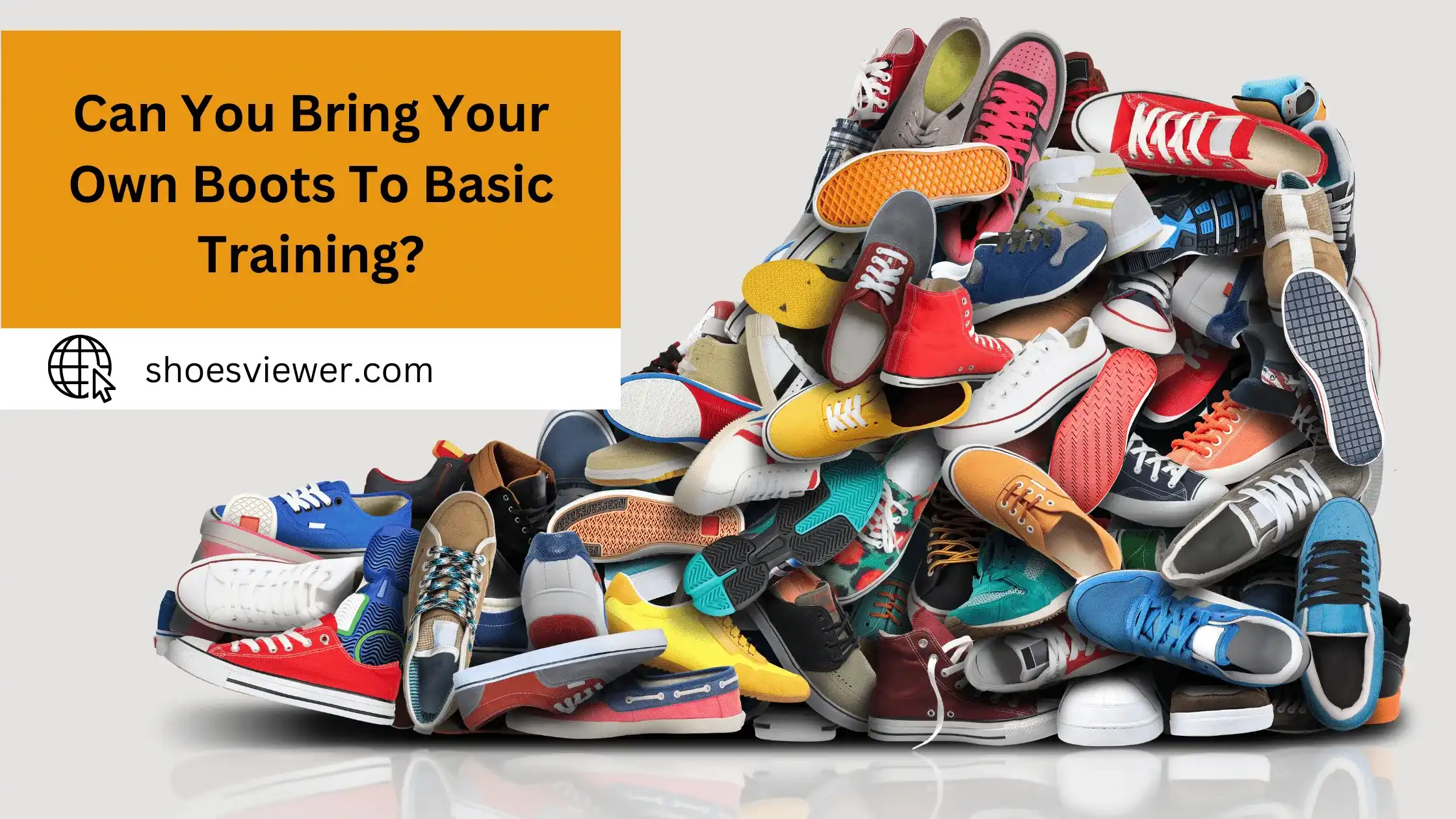Starting your basic training journey is an exciting time in anyone’s life. You are being given the chance to serve your country and be part of something bigger than yourself. But with all that excitement comes a lot of uncertainty especially when it comes to what you should actually bring with you on day one. One burning question many recruits have is if they’re allowed to bring their own boots for basic training.
The answer isn’t always straightforward, so let’s take a look at what you need to know before hitting the ground running!When preparing for basic training, it’s essential to know what you can and cannot bring. When it comes to boots, specific rules must be followed. In most cases, trainees are not allowed to bring their own boots due to uniform regulations.
The military provides standard issue boots designed to meet the rigorous demands of training. However, regulations can vary, so it’s crucial to check with your specific branch of service for the most accurate information.
The Importance of Proper Footwear in Basic Training:
The importance of proper footwear in basic training cannot be overstated. A correctly fitted and supportive boot can mean the difference between a successful training and one marred by discomfort or injury.
Military boots are designed to provide optimal support, traction and ankle stability, all vital factors during rigorous physical activities. The uniform regulations are not simply about maintaining a cohesive appearance, they also ensure every trainee has the necessary gear to withstand the demands of training safely and effectively.
Therefore, even though it may be tempting to bring personal footwear, adhering to the prescribed standard issue boots is a critical aspect of preparation for basic training.
What Are The Factors to Consider When Bringing Your Own Boots?
There are several factors you should take into account to ensure you’re making the right choice.
Material:
Leather: Leather is durable, provides excellent support, and is generally water-resistant. However, it can be heavier than other materials.
Synthetic Materials: Lighter than leather and usually cheaper, but may not offer the same level of durability or support.
Fit And Comfort:
Arch Support: Boots with proper arch support can significantly reduce foot fatigue.
Ankle Support: High-top boots offer better ankle support, reducing the risk of sprains and other injuries.
Sizing: Remember that you’ll likely be wearing thicker socks. Size your boots accordingly.
Breathability And Moisture-Wicking:
Breathable Material: You’ll be wearing these boots for long periods, so it’s crucial they are breathable to keep your feet dry.
Moisture-Wicking Lining: Look for boots with a lining that wicks away moisture from your feet.
Durability:
Stitching: Double-stitched seams and reinforced eyelets will stand up to rigorous activity better.
Sole Construction: A sole that is stitched, rather than glued, to the boot will generally last longer.
How To Choose The Right Boots for Basic Training?
Choosing the right boots for basic training is a crucial decision that can significantly impact your overall experience and performance. A poor choice can result in discomfort, injuries, and added stress, while the right pair can offer you the necessary support, protection, and comfort. Here’s a detailed guide on how to make the best choice:
Understand The Requirements:
Before making any purchase, consult the guidelines or handbook provided by your military branch. Some branches may have strict requirements for boot specifications. Sometimes, firsthand information can be invaluable. Try to talk to those who have been through basic training to get their recommendations.
Research And Reviews:
Websites and forums that cater to military personnel often have detailed reviews and recommendations for boots. Pay attention to recurring brand names or specific boot models that receive high praise. Look for reviews that discuss the boot’s durability and comfort over an extended period.
Consider The Environment And Conditions:
If you are going to be in a hot, arid environment then you’ll need boots that are breathable. In colder conditions, insulation becomes a priority. The type of ground you’ll be covering is crucial. Rocky terrains may require a thicker sole and ankle support, while flat terrains may allow for more flexible boot options.
Try Before You Buy:
It’s usually recommended to try on multiple sizes and models. Walk around the store, and if possible, try to walk on different types of surfaces.
Wear The Right Socks:
Make sure to wear the kind of socks you’ll be using during training for the best fit.
Durability And Longevity:
Look for boots with solid construction, including double or triple stitching and durable materials. It may be tempting to save money, but investing in a high-quality pair of boots can pay off in the long run.
Budget And Warranty:
Once you’ve narrowed down your options, compare prices across different stores and online platforms to find the best deal. A good warranty can save you money in the long run, especially if you encounter issues with the boots early on. By carefully considering these factors and doing thorough research, you can find the right pair of boots for basic training.
How Can You Care for Your Boots During Basic Training?
- After each training, ensure to clean your boots to remove dirt and grime. Use a soft brush to gently remove loose dust and dirt.
- Never leave your boots damp or wet. If they do get wet, dry them thoroughly but avoid direct heat as it can damage the material.
- Keep your boots polished for durability and aesthetics. Polishing not only gives boots a neat finish but also acts as a protective layer against moisture.
- Always use good quality cleaning and polishing products. Cheap products might save you money in the short term but can damage the boots in the long run.
- When not in use, store your boots in a cool, dry place. Keep them away from direct sunlight and extreme temperatures which can cause cracking or fading.
Conclusion:
Whether you decide to go with your own boots for basic training or stick with the ones issued to you, just remember that comfortable footwear is key! Everyone has their own preferences when it comes to shoes and boots, and as long as you make sure your boots are Army-approved and will keep your feet well protected during drills and other activities, then the choice is yours. Hopefully we’ve helped shed some light on whether or not you’re permitted to bring your own boots to basic training.







